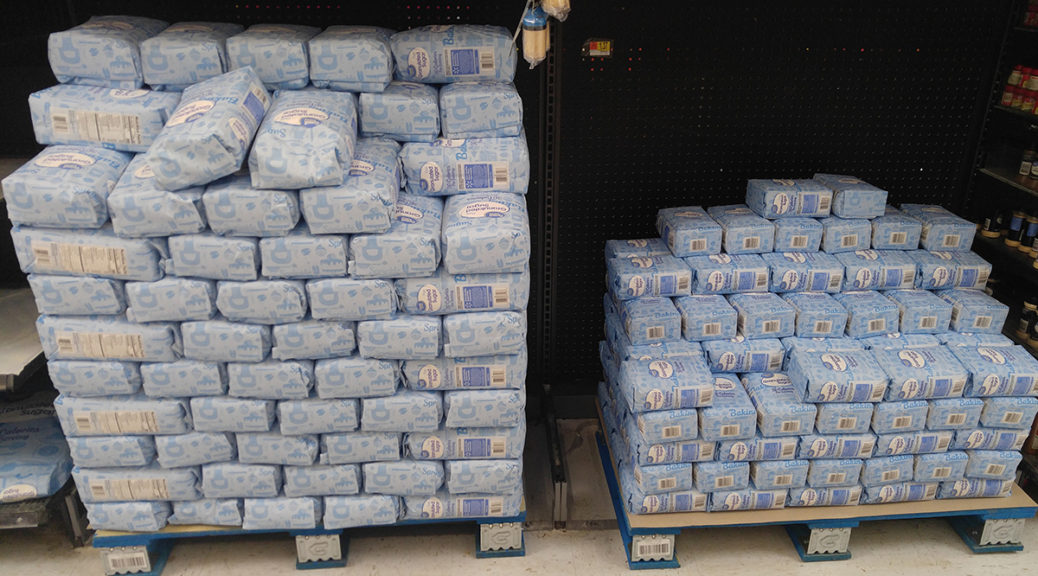Sugar as we know it today is table sugar, which is refined sucrose.
Concentrated sugar includes cane sugar, beet sugar, and high-fructose corn syrup. To start, let’s just look at the overall change that has occurred.
Prior to the Industrial Revolution, sugar came from sugarcane, which grows in tropical climates and is native to southeast Asia. Sugar was expensive outside these regions and always labor-intensive to refine. The Greeks and Romans were aware of sugar, but they did not consider it a food, they considered it a medicine.
Sugar remained a plant by-product with limited refinement until the Industrial Revolution.
Timeline
1493, Christopher Columbus brought sugar to the New World from the Spanish Canary islands. Sugar fueled the African slave trade in the following centuries.
1747, German chemist Andreas Marggraf discovered sucrose in beet root, giving another plant source of sugar in addition to sugarcane.
1768, a steam engine first powered a sugar mill in Jamaica and thus began the industrial mechanization of the refinement of sugar.
Modern Effects
This has brought about cheap sugar, and desserts as sweet as we can desire that are often cheaper than traditional food, and made of sugar rather than sweetened by sugar.
Industrialized sugar refinement has brought about normalization of sugar as a food group. Even if you don’t eat candy, there are many other foods that are sweetened with huge amounts of sugar that we often consider to be normal food. Donuts for example, or soda as a drink to wash down a meal.
Solution
How to keep the good part of the industrial refinement of sugar without the unnatural extreme sweet diet? The answer is to have zero refined sugar inside your house. This rule might seem extreme, but by historical standards, refined sugar is an exception within our diets, a rarity. It is not normal to eat refined sugar regularly. Our bodies are not accustomed to it and it is not healthy.
